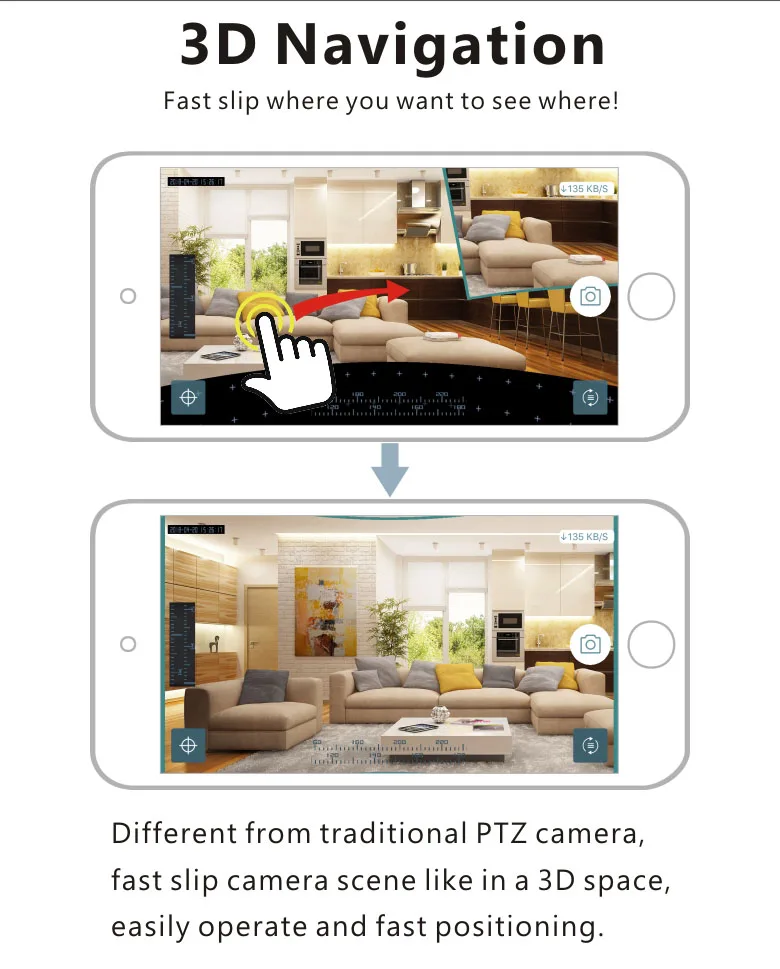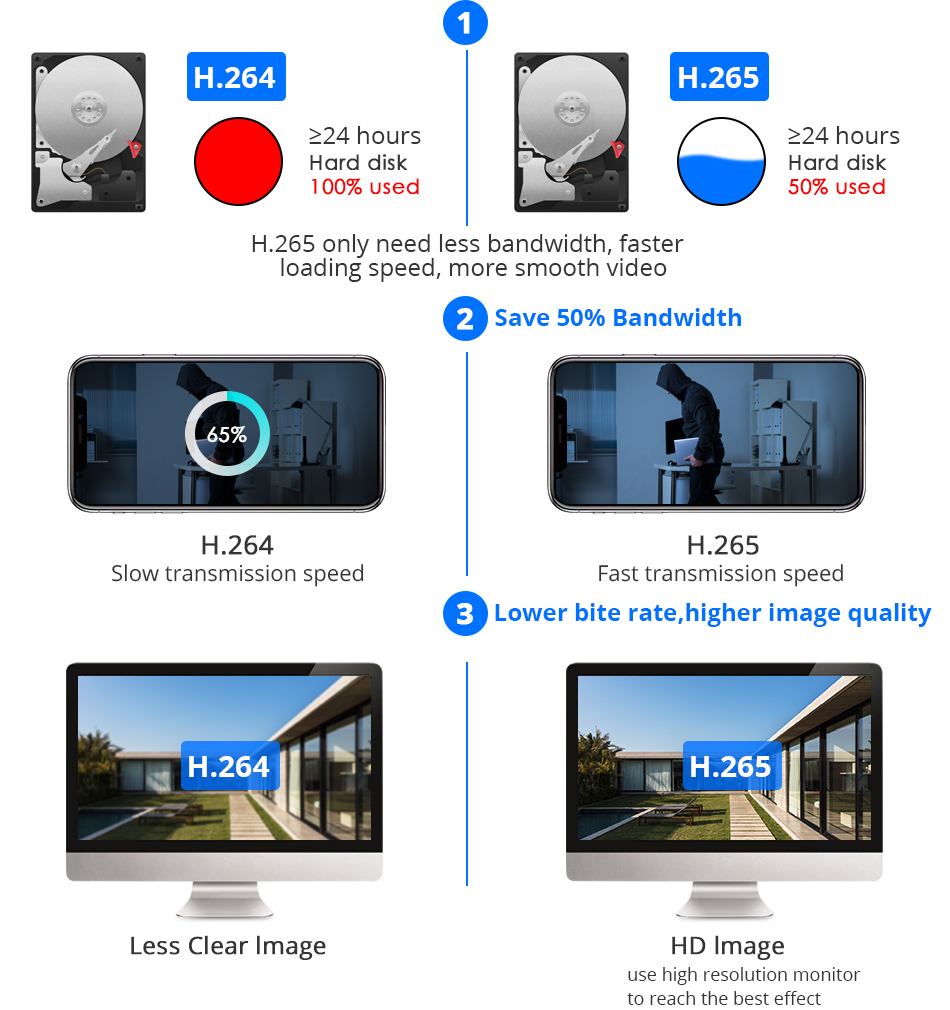

So, here are why Cloud CCTVs have become one of the top choices to stay protected against any kind of security threats and annoyance: 1. The current market for Cloud CCTV services aren’t cutting edge, but practicability and flexibility.Įspecially regarding safety and security measures, cloud CCTV or surveillance solutions with CCTV cloud storage are gaining immense popularity these days. Similarly, the surveillance industry also. But now, those characteristics have changed with the ever-growing rate of crimes like thefts, robberies, pilferage, and so much more.Įverything is moving online, from e-commerce to social media, communication apps to gaming platforms. 7. Low Maintenance – Cost-effectiveness at its best!ĬCTV Cloud storage cameras used to be a thing that was only for tech-savvy people and security experts who knew what they were doing.6. Flexibility to scale – Secure all your location.5. Smart Detection with Motion sensing & Audio recording.

3. Cloud Storage – Never lose your Footage to anything.2. 24*7 Monitoring with Real-Time Alerts.And consult our comprehensive home security camera buying guide before you go shopping. We also reveal how each camera fared in our tests for data privacy (how manufacturers collect, use, and share your data, including how transparent they are about this) and data security (whether the camera employs security measures, such as encryption, to protect your data from outsiders).įor more options, check out our complete wireless home security camera ratings for more than 50 models. It highlights which smart alerts each of these cameras provide, as well as whether they offer an optional subscription should you decide to store your video remotely. The list, which is in alphabetical (not rank) order, includes cameras from Eufy, Lorex, and TP-Link. But there are still plenty of security cameras without a subscription that will offer at least one of these intelligent features (usually person detection) for no extra charge.īelow, you’ll find the six best wireless security cameras from CR’s ratings that don’t require a subscription. Many security camera manufacturers have been using these AI-driven features to entice consumers into paying for a subscription.

That’s because the object recognition often happens on the company’s servers rather than the camera itself. The main downside to cameras that forgo a subscription is that many of them may lack intelligent object recognition of people, animals, vehicles, packages, and faces. But these cameras offer an optional subscription if you feel inclined to store your footage in the cloud for extra protection. This frees you from paying a monthly fee and gives you more control over your recordings.

Instead of storing footage in the cloud, these cameras store video locally, usually on either a microSD card or their internal memory. When you consider rising inflation, fatigue from the sheer number of subscription services offered to consumers, and concerns about how camera makers can share your video footage without your consent, it makes sense that you might prefer a security camera that doesn’t require a subscription. But that doesn’t factor in the recurring cost of cloud storage for the video captured by the cameras, which can easily cost as much as the camera itself for every year you subscribe. Wireless security cameras have never been more affordable, with many highly rated models from our tests costing $100 or less.


 0 kommentar(er)
0 kommentar(er)
